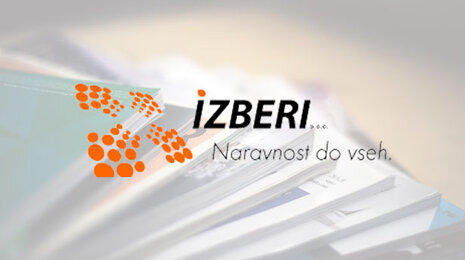An EDI-integrated ordering process optimizes the entire workflow, from order placement to invoicing. The automated synchronization of product and client data ensures smooth information exchange between trading partners.
After the order was sent via EDITEL’s integration platform, the supplier processes the order, checking availability and prices. The next step is order picking, shipping, and tracking. Electronic invoices and payments complete the process, ensuring efficiency and compliance with regulatory requirements.
Prerequisite: master data synchronization
Synchronized data, meaning identically structured data, are the basis for the automated exchange of important information between trading partners’ systems. This includes:
- Product data: items, descriptions, codes, prices, stock levels (everything is kept up-to-date)
- Customer data: information including GLN, contact details, delivery addresses and relevant bank details.
Once master data have been synchronized, the actual EDI-integrated ordering process begins:






